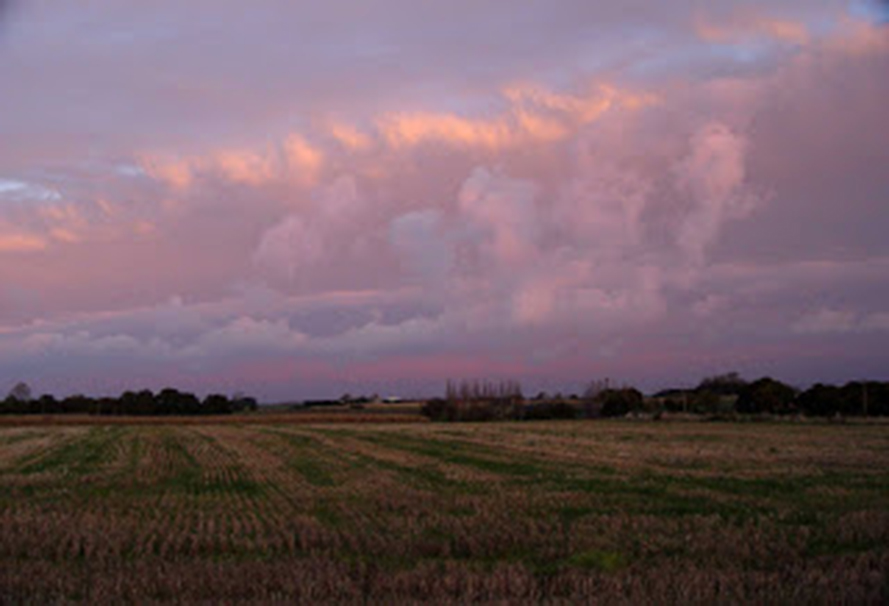Every artist instinctively seeks an environment that helps them create their art.
It is not always so easy to find either the place, nor the time and serenity to create, however. Every artist knows those stumbling blocks. Sometimes they are easily surmounted, other times it is not so easy.
Sometimes, luck intervenes too. In my case, Lady Luck definitely came calling this summer.
For a multitude of reasons, it has become difficult to have the time to spend in my studio, so I have been fortunate enough to be able to slip away for a while to different art residencies that I have been awarded hither and yon. This year, I had a magical two weeks in spring in Portugal.I was then able to have time at another residency, La Porte Peinte, in Burgundy, France, a country I adore anyway.
It is of course always a bit of a gamble going to art residencies.
It may be a wonderful place, with good studio facilities, but the area may not sing or the people who run the residency may not be terribly compatible – there are so many variables.
Until you get to the place, it is difficult to judge accurately whether you will be able to be truly creative there.
Even recommendations from other artists are not always an accurate gauge for one’s own needs.
La Porte Peinte, in Noyers sur Serein, in north-east Burgundy, near Auxerre, proves to be the most wonderful place in which to create art.
I have just spent the first half of a month’s residency there, and it was the most supportive, comfortable and welcoming place I could have dreamt of.
For a start, the medieval village is a delight.
You enter from the south over the Serein river.
And these are views from my eyrie perch window in my room.
Michelle Anderson, the Executive Director of La Porte Peinte, is not only the most gracious of people, but her very international approach and wide knowledge of people and places make her able to help in so many ways. She also knows a lot of local people and that means that an artist has suddenly all sorts of insights and introductions into other ways of life in the area. That is beyond price. Her husband, Oreste, runs their elegant and diverse Gallery and does a million other things to make life at La Porte Peinte so pleasant and constructive. And yes, La Porte Peinte is situated in rue de la Porte Peinte - how about that for destiny!
The more I spend time at art residencies both in the United States and Europe, the more I realise that the atmosphere created by the people in charge is critical to an artist’s ability to create, explore new horizons and grow as an artist.
There is a subtle difference between being left to one’s own devices, to work in peace, and being left to be independent but at the same time, being offered the opportunity to involve oneself in the local cultural world, to meet other artists of all descriptions and disciplines and to be psychologically supported as an artist.




























